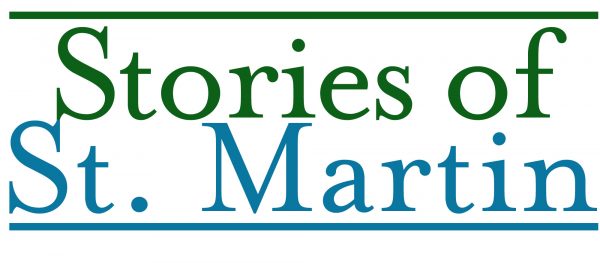The written record of the past is full of holes. In fact, it is mostly holes. So many things were unwritten: everything before writing and the experience of those that couldn’t write. Land deeds, legal contracts and census records have often survived, but surely even more was lost through time. Countless letters and diaries have been lost and destroyed.

When it comes to learning about everyday life in the past, we can fill in some of the holes with the objects that were left behind. In many cases, objects reveal what people did and how they did it. A hand-crank coffee grinder tells us that at least some people were drinking coffee. A kitchen’s worth of antiques can help us imagine the morning routine of someone living on St. Martin long ago.
Objects can also tell us about the relationship between St. Martin and the wider world. Which items were imported and which were handmade here? Where were imported items made? The path that objects traveled can reveal connections between cultures.
Of course, objects can only tell us so much. Was a homemade roaster designed to roast coffee beans? Or was it for roasting cashew nuts? Both were grown here. Maybe it was used for more than one thing. What was ground in a mill? What was weighed on a hanging balance?
At Amuseum Naturalis at The Old House, we are photographing and cataloging a collection of many old things saved by Pierre Beauperthuy. It is a wide-ranging collection of objects. Within them are so many stories, but what are the stories? How should they be told? What do they tell us about St. Martin specifically?
A hanging balance by itself is simply a way to measure weight. When we see one, we understand it is a tool that was used in the past. But, by itself it does not exactly tell us a story about St. Martin, since they were used all around the world.
The story of the hanging balance comes alive when we know it was used to measure salt that was produced on the Orient Bay salt pond, or to weigh fish sold in Marigot by Simpson Bay fishermen. It becomes part of a very real and specific St. Martin experience. Often, the missing link between stuff and its story is found in memories. Especially the memories of elders and those who spent time listening to their grandparents.
Do you have an object that tells us something about St. Martin’s past? Share a photo and story with us! Write to The Daily Herald or email info@lesfruitsdemer.com.

